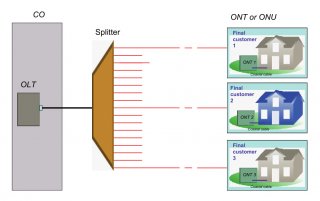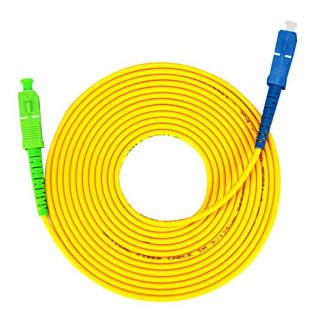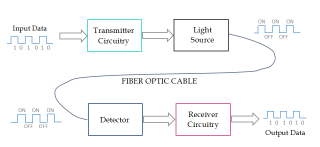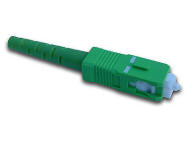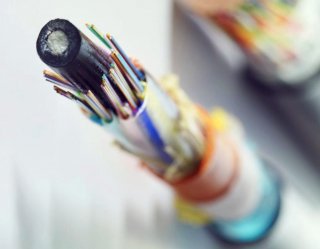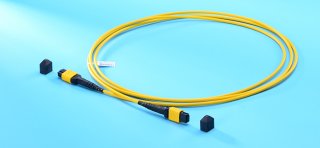- Description
- Reviews
- FAQs
Nowadays fiber optic connector comes in several varieties, including SC, ST, LC, FC, MTRJ, E-2000, MU, MPO/MTP, etc. However, choosing an optical connector was proved to be extremely difficult in the ealier fiber cabling constructions. Here lists the history of different fiber optic connector types, which could probably make some help.
The ST connector is the oldest design of the connectors still in common use. It was the first connector to use a 2.5mm ferrule. The ST connector was one of the first connector types widely implemented in multimode fiber optic networking applications (rarely single mode). Although extremely popular for many years, the ST connector is slowly being supplanted by smaller, denser connections in many installations.
The FC connector and DIN connector improved on the ST connector by isolating cable tension from the ferrule, keying the location of the ferrule for angle polishing, and threading onto the adapter for a more positive connection. FC was one of the most popular single mode connectors for many years but is been mostly replaced by SC and LC connectors which will be mentioned next.
The SC connector was then developed (in Japan by NTT, a Japanese telecommunications company) to eliminate having to screw and unscrew the connector every time and to reduce the cost by molding instead of machining the connector. A big advantage of this push/pull connector over a FC connector is that less room is required between connectors on patch panels.
The LSH(E-2000 ) connector was developed as an improvement on the SC connector design. It has a push-pull latch that retains the connector, a dust cap always in place, and a smaller size. Note: E-2000 is a trademark of Diamond SA, Switzerland.
READ MORE ...What Is Data CenterThe LC connector and MU connector were developed to reduce the space required for connectors on patch panels as the patch panel densities increased. LC connector was developed by Lucent Technologies (Alcatel-Lucent for now) and uses a retaining tab mechanism and the connector body resembles the squarish shape of SC connector, while MU connector looks like a miniature SC and is more popular in Japan.
The MTRJ connector (or MT-RJ, stands for Mechanical Transfer-Registered Jack) was then developed to put transmit and receive fibers into one connector. This was the first connector to use the MT ferrule design as opposed to a 2.5 mm or 1.25 mm diameter ferrule. The MTRJ connector closely resembles an RJ-style modular plug, even getting part of its name from the resemblance. Note: MTRJ connectors are always duplex in that they hold two fibers.
The MTP connector (an improved MPO connector, the MPO stands for Multi-fiber Push-On) was then developed to increase fiber density even more. The MTP has 12 or 24 fibers in its MT ferrule. Because of the high number of fiber strands available in a small connection, MTP assemblies are used for backbone, cross-connect, and breakout applications.
Beyond these commonly used connector types, there are a multitude of specialty connectors appeared shortly in the history of fiber optic connector types. The brief shows only a general idea about the development of commonly used connector types you have seen. Obviously there are many more influences that lead to the development, but I hope this helps you understand why all of the different connector types exist and how to choose the right one for your fiber cabling constructions.
READ MORE ...How to Distinguish Network Cabinet from Server Rack Cabinet- Customers Reviews
* Delivery Time.
We need 1-2 days to process your order before shipping. There are two shipping methoed.
Fast Delivery: The delivery time for US, European countries the delivery will take 3-5 days.
Slow Delivery: The delivery time for US, European countries the delivery will take 7-15 days.
* Tracking information.
After we ship package, customer receive automatic email with tracking details.
* Lost Package Policy.
If a package did not arrive in 2 weeks after the shipping date, then this package is treated as Lost. In this case a new package will be shipped to the customer provided we are able to give the same items as those purchased by the customer. If we are not able to provide the same items to substitute the lost ones we will either propose to the customer similar items or refund their cost as it will be mutually agree with the customer. If one or more items neither the same nor similar are available to be shipped, the customer can request to cancel the order entirely, thus the total cost of the order including shipping and handling cost will be fully refunded.












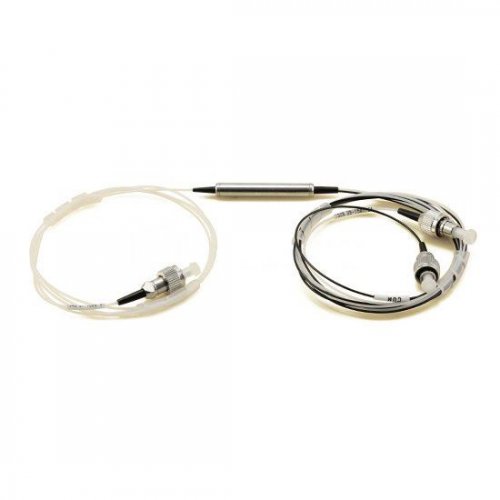
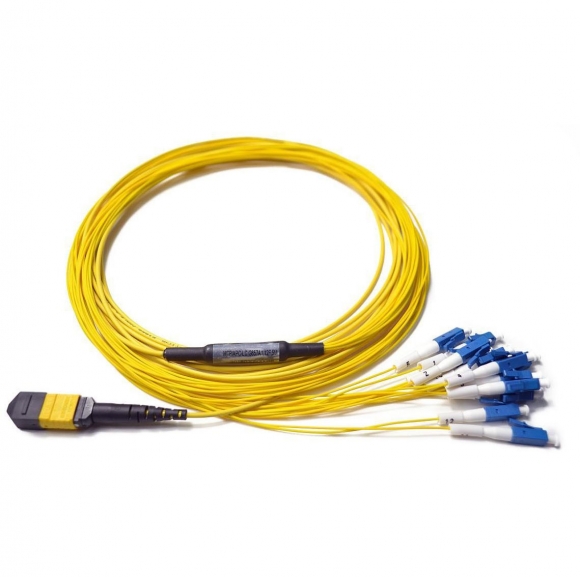
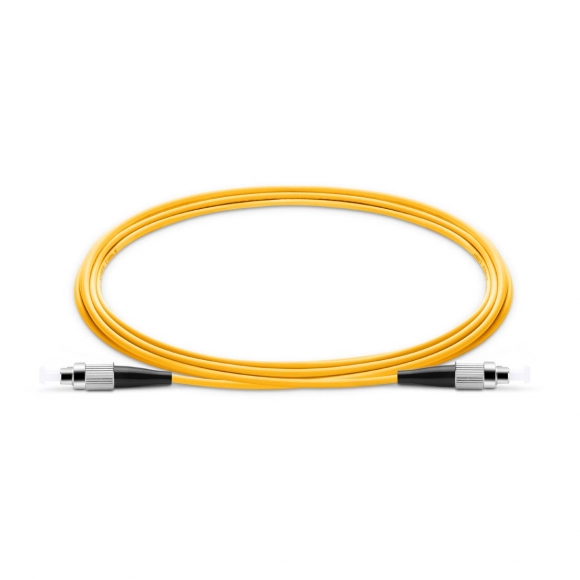


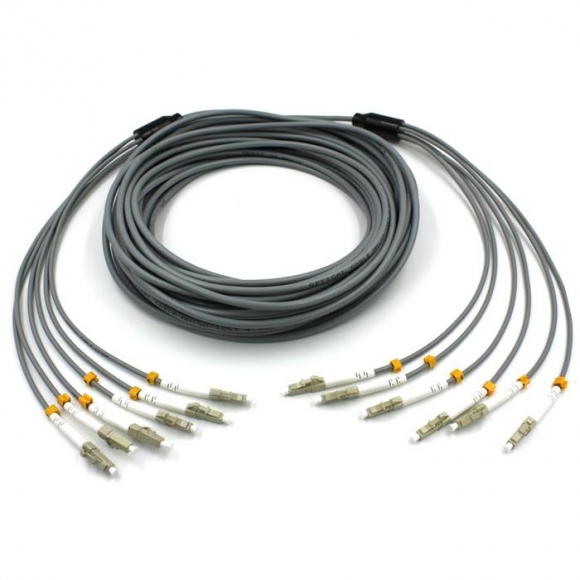
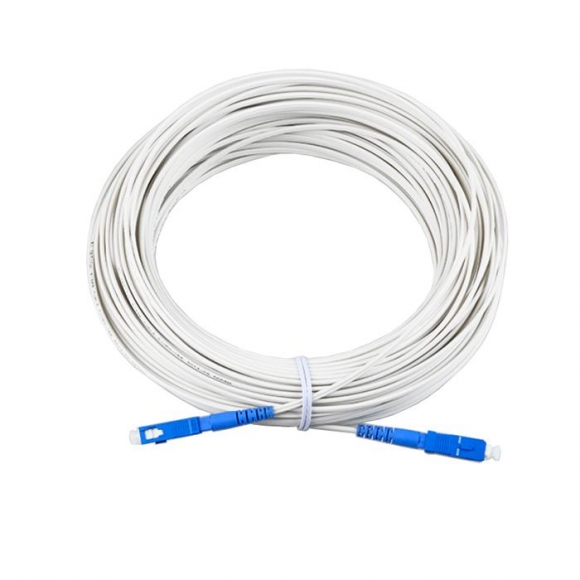
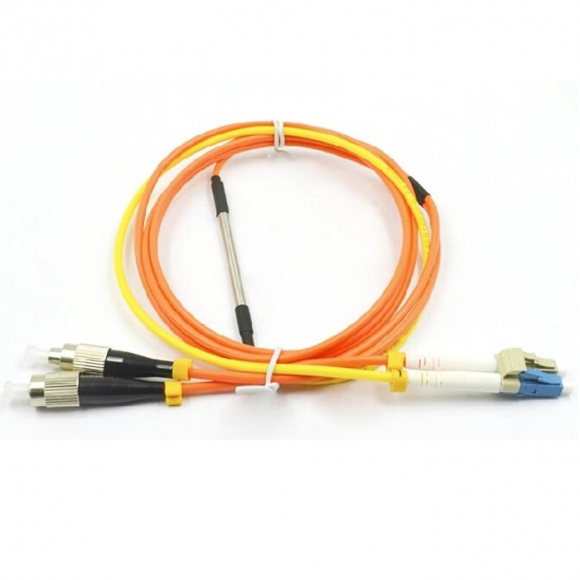


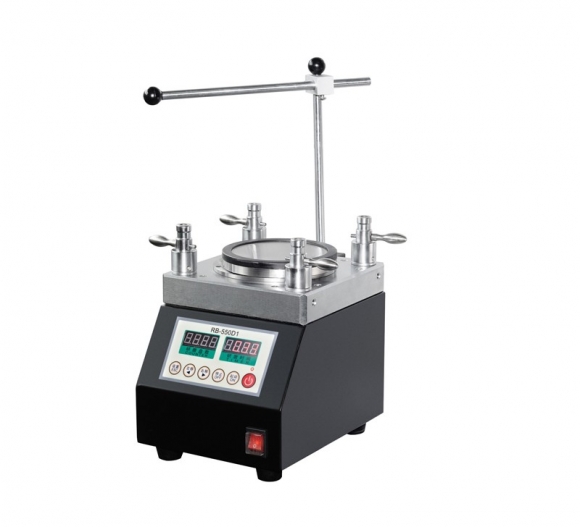


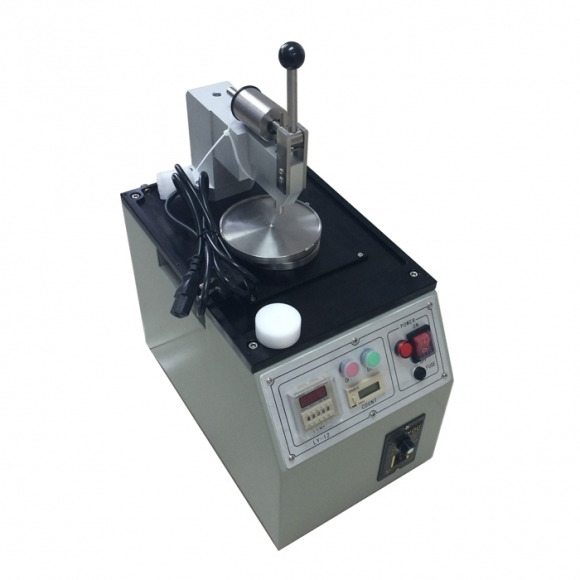

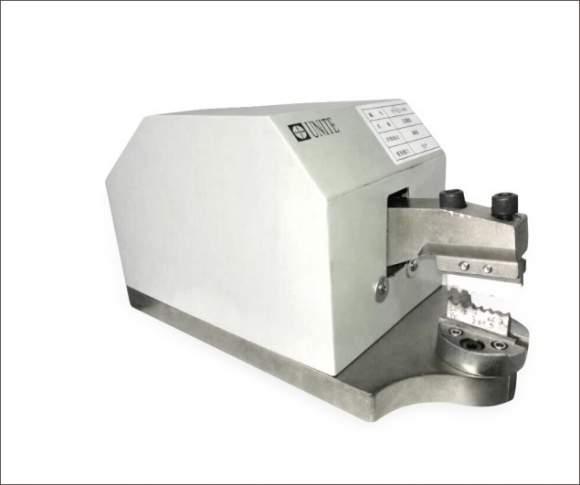
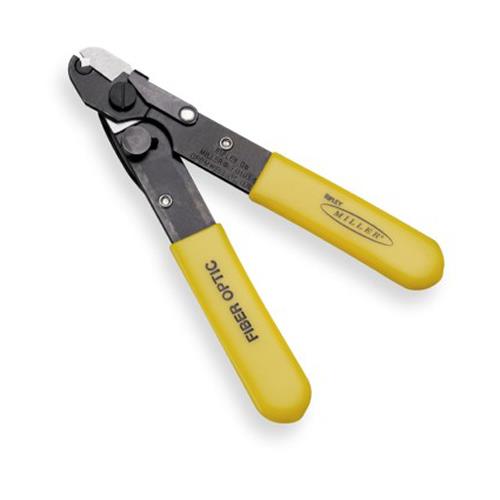
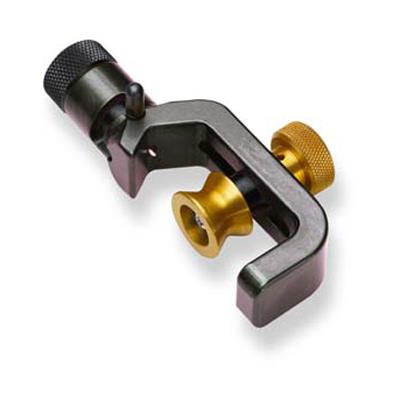
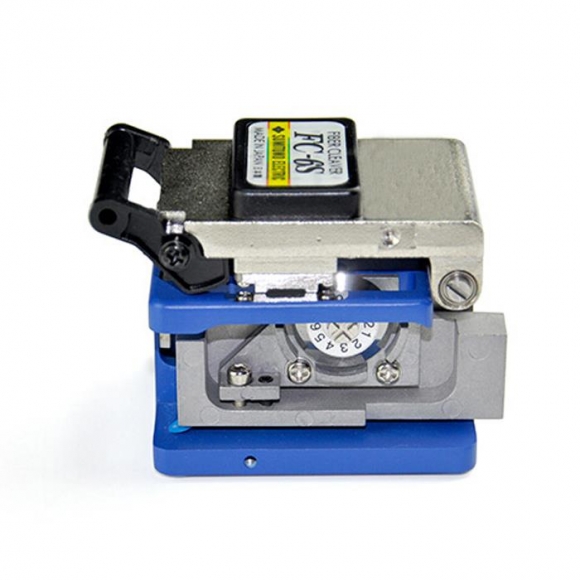
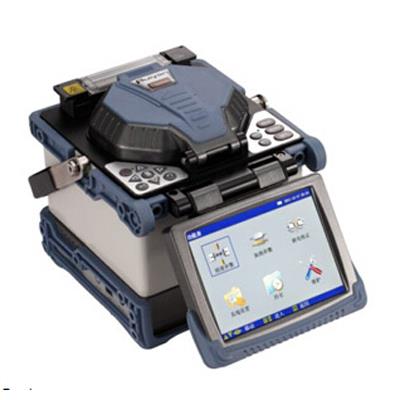

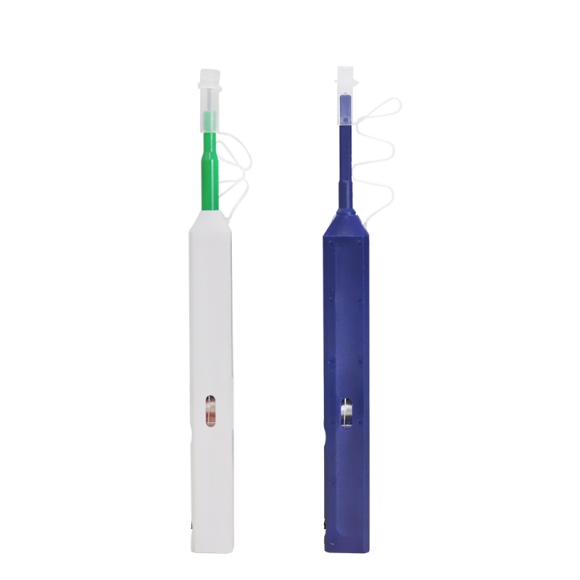

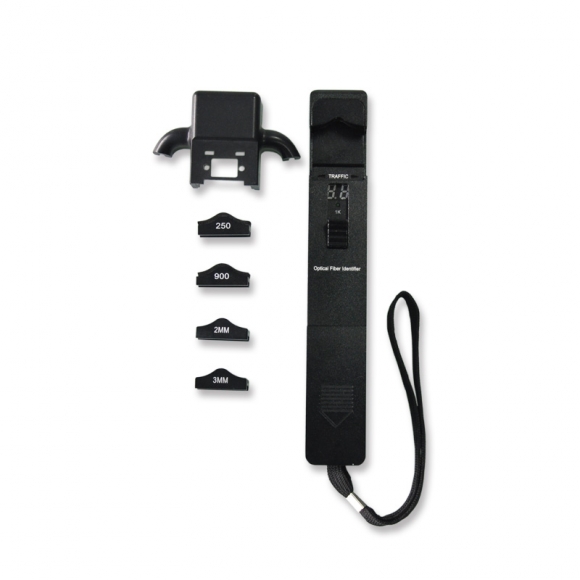
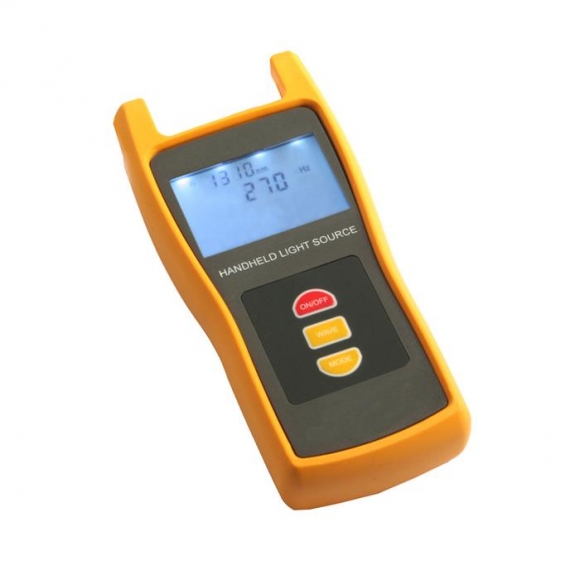

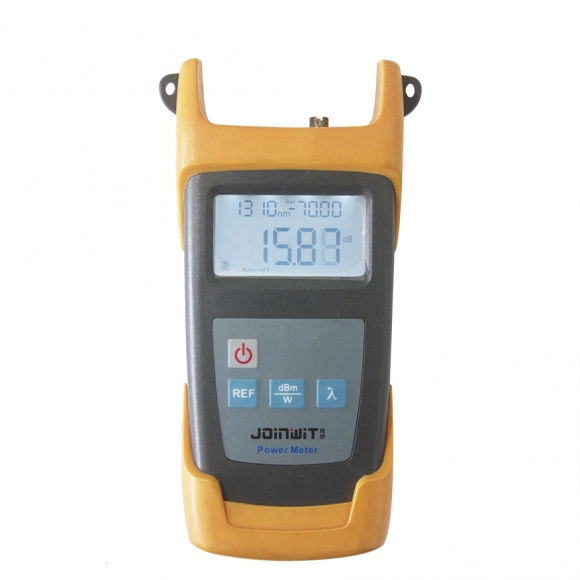
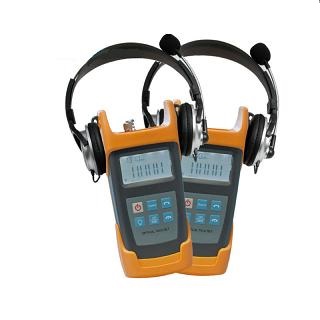
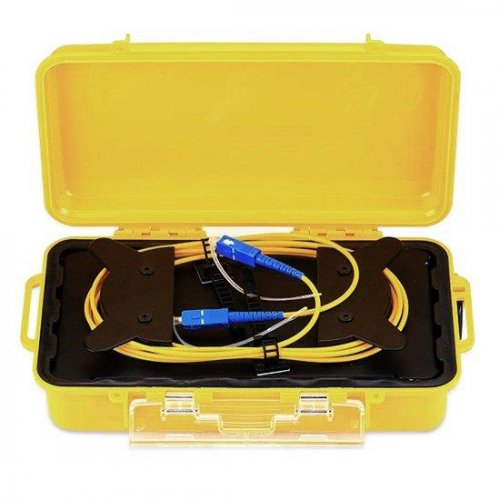
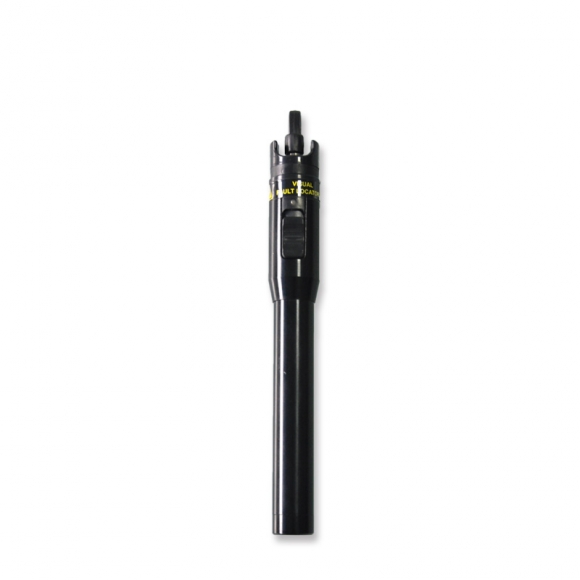


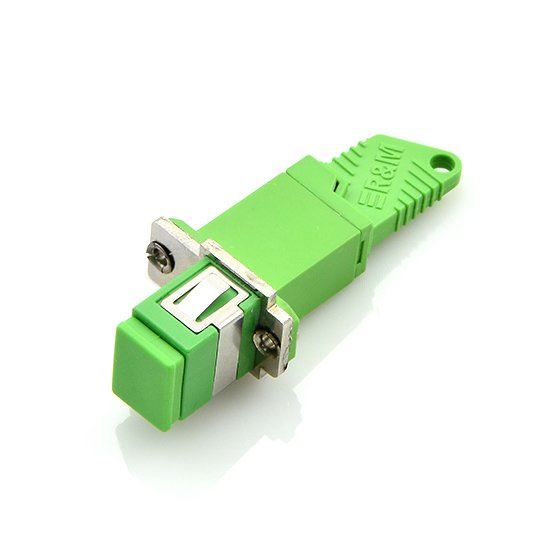
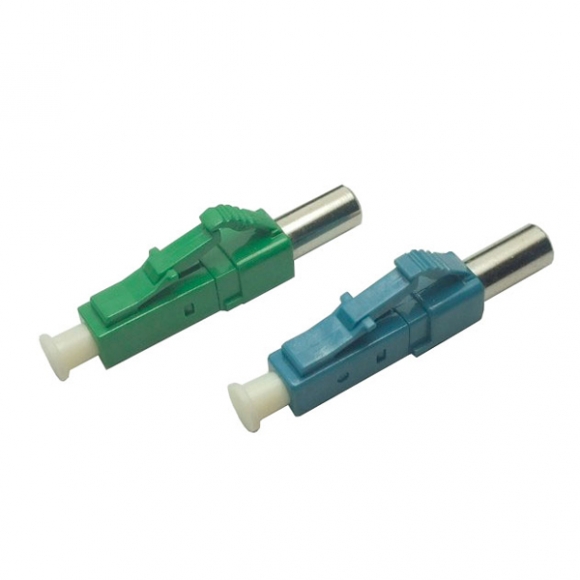
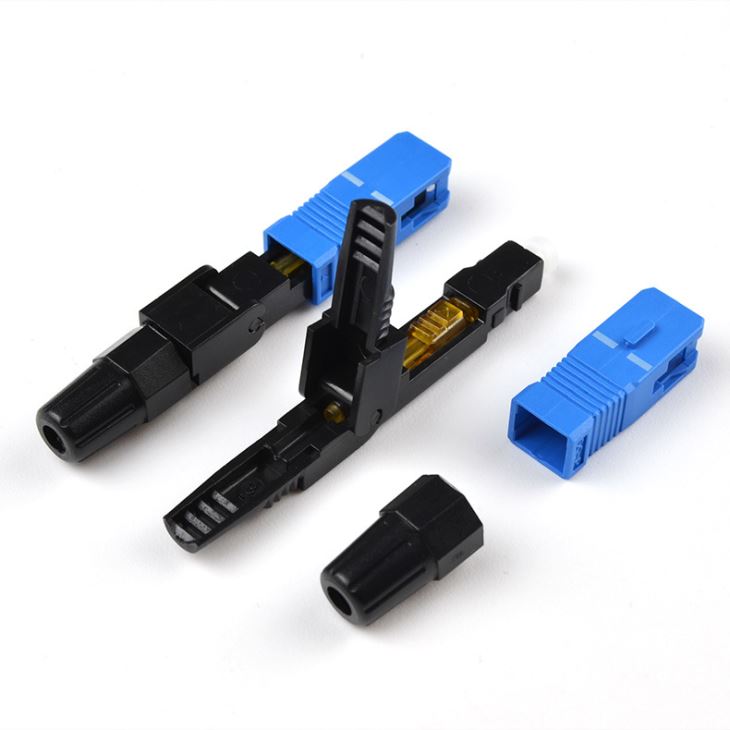
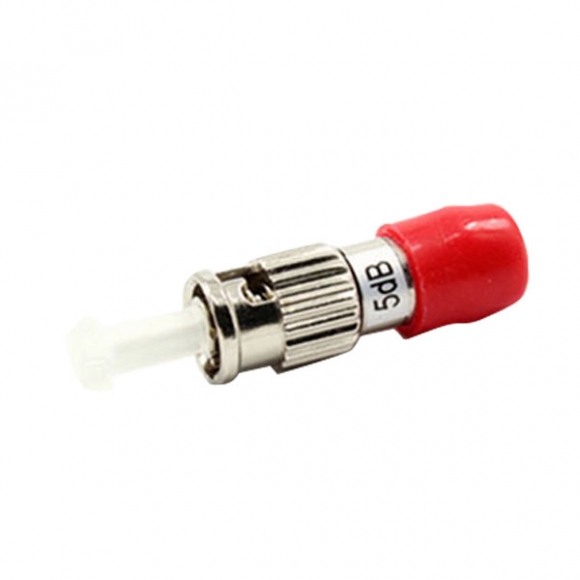
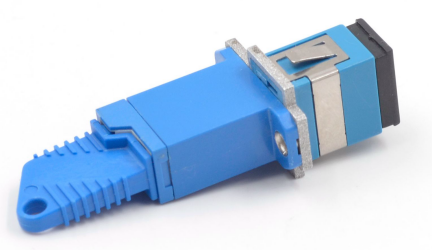
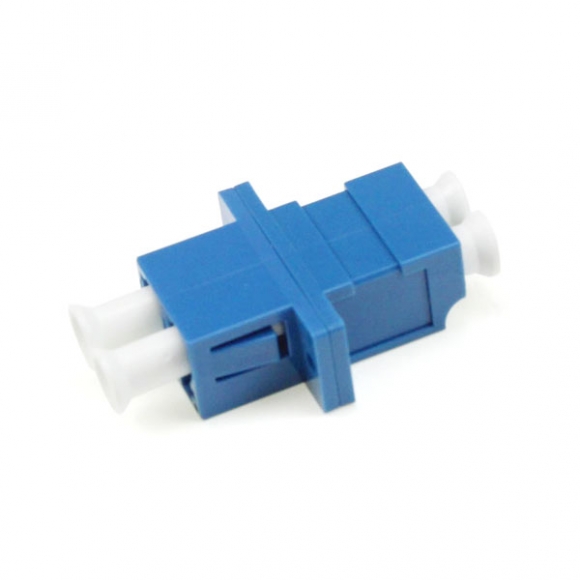

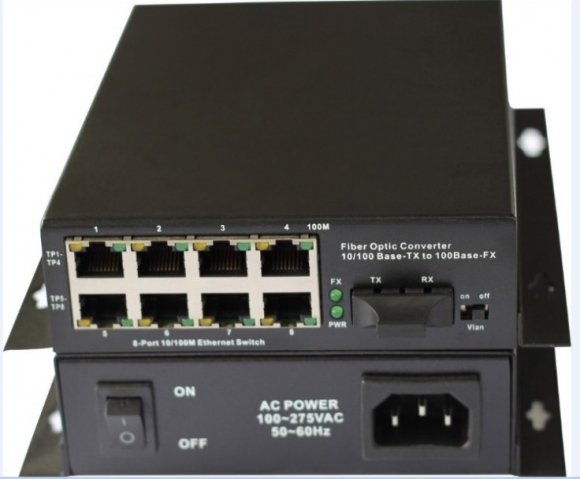

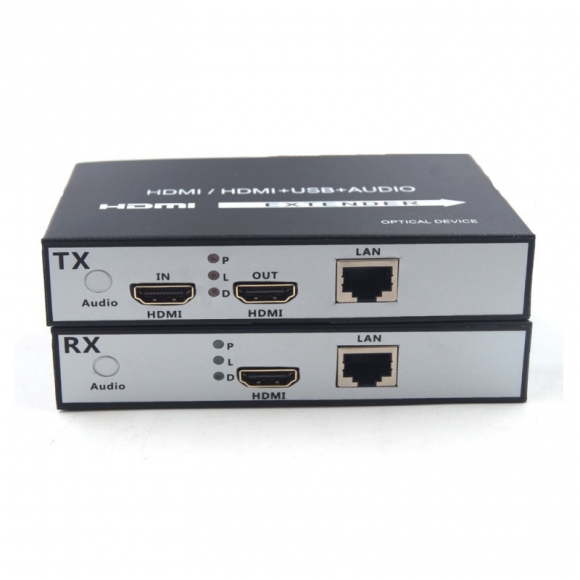
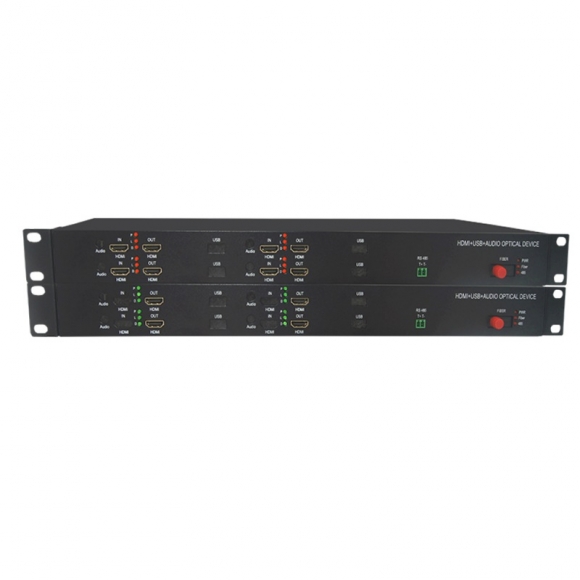

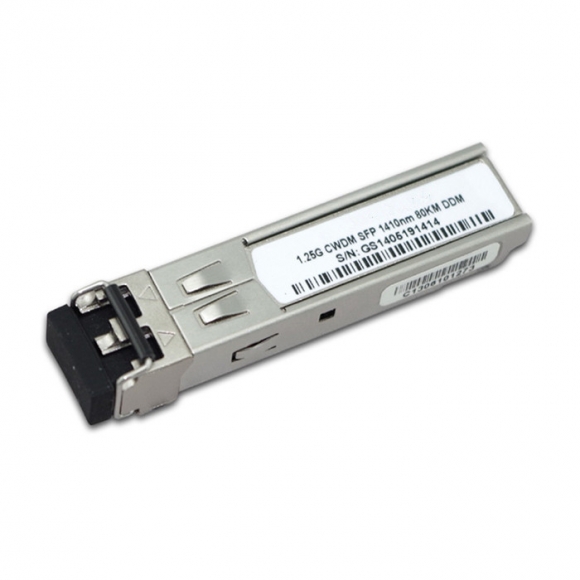


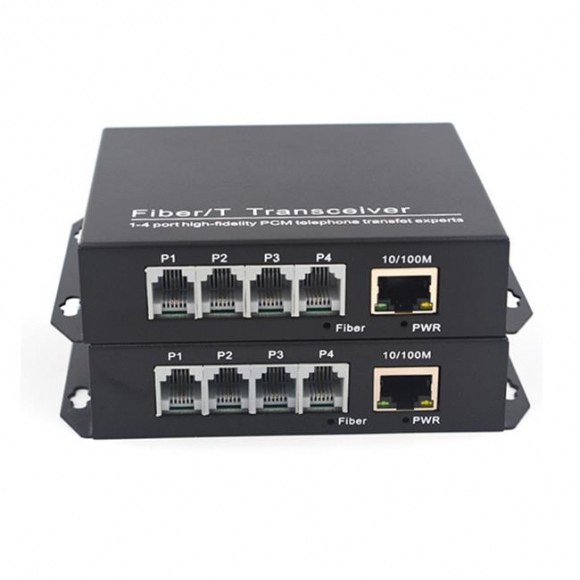
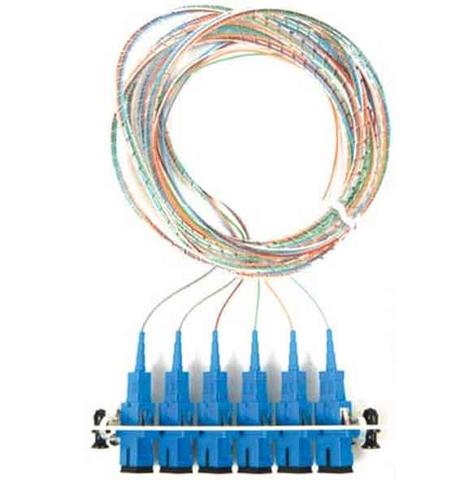
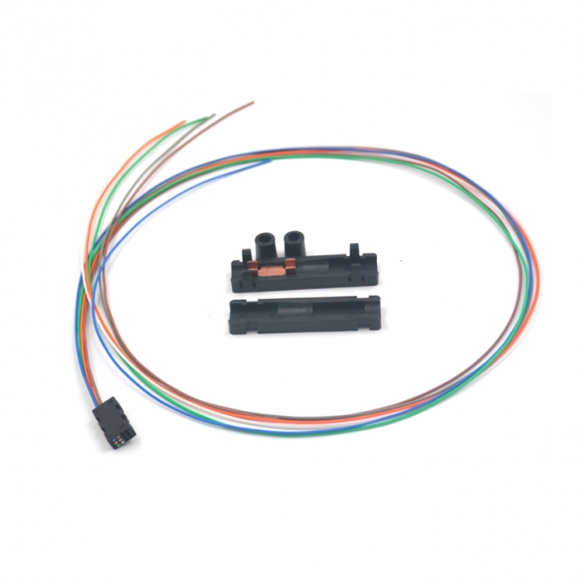


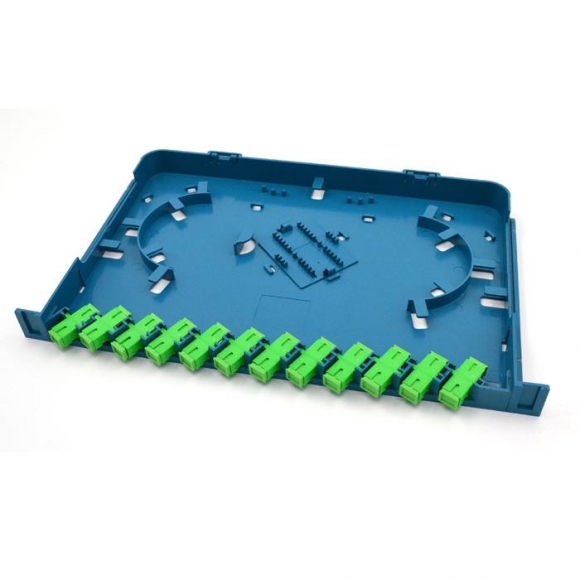
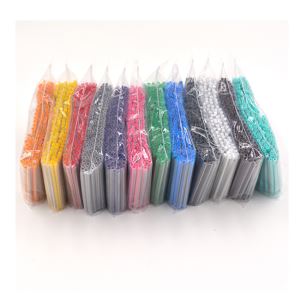

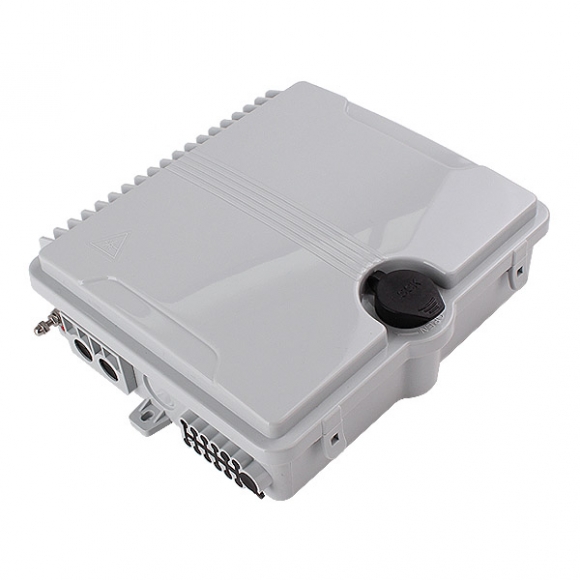

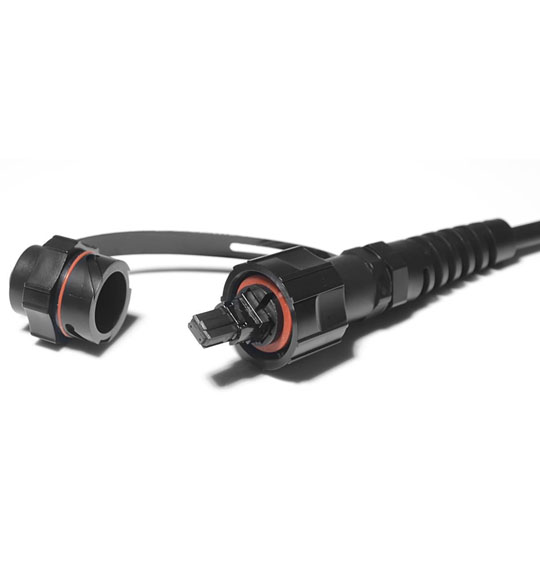
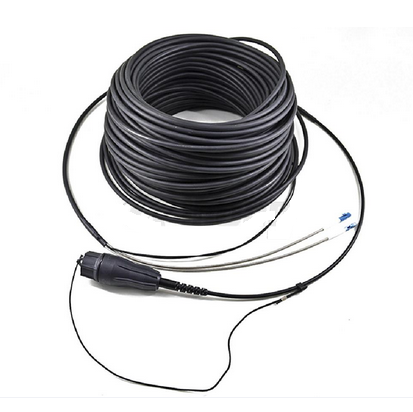

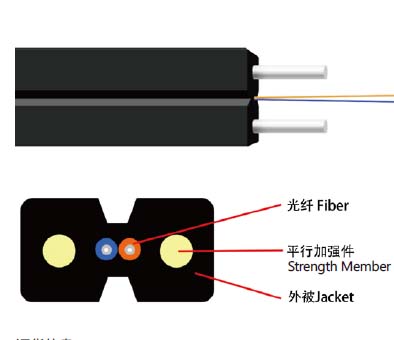
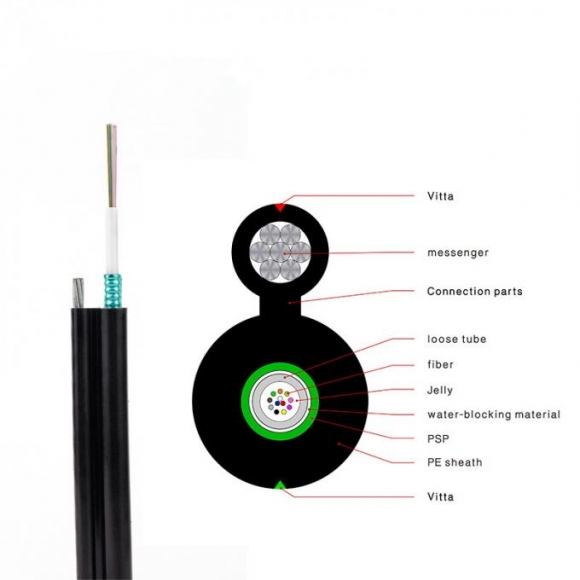
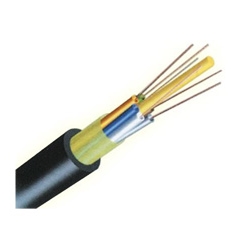
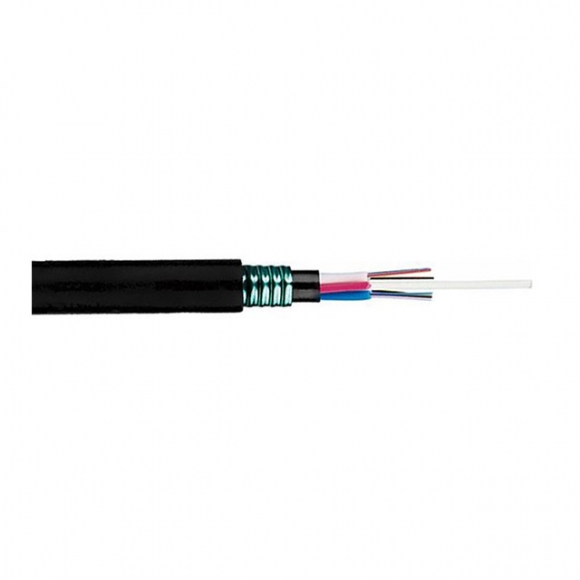
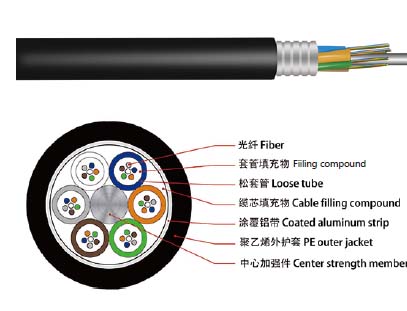
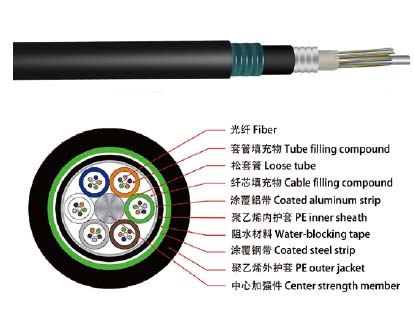

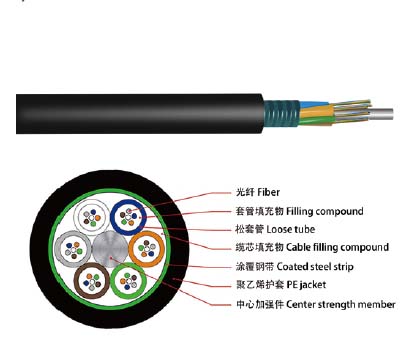
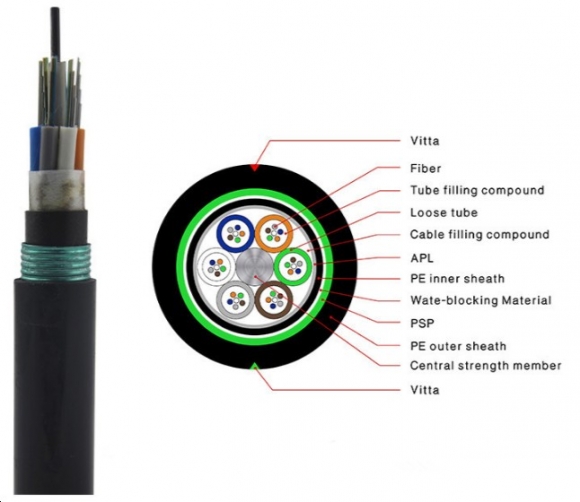
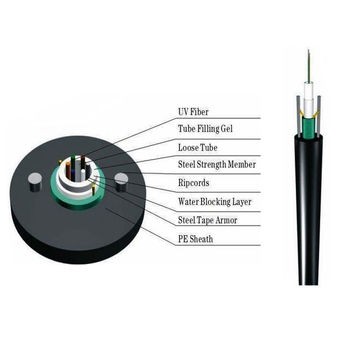
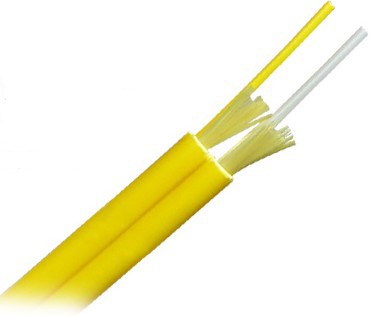
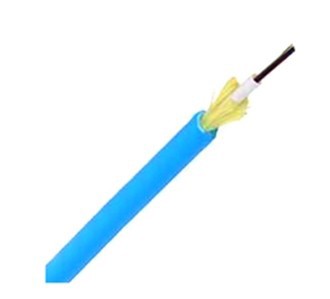


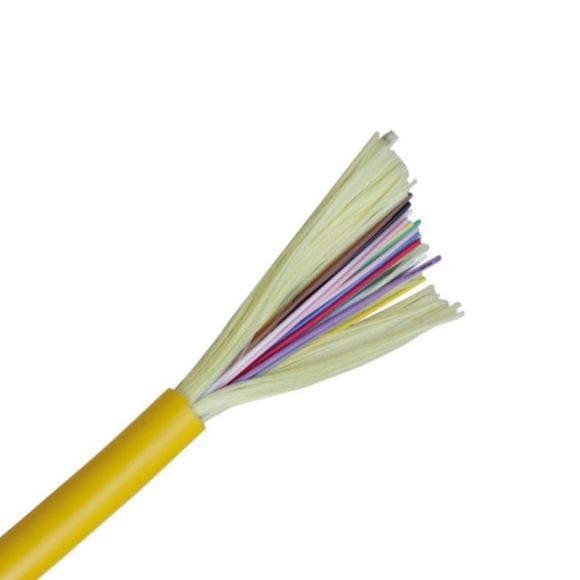
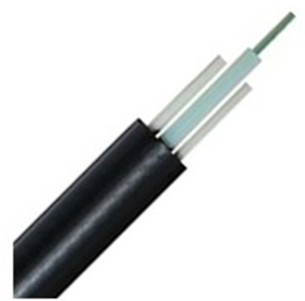
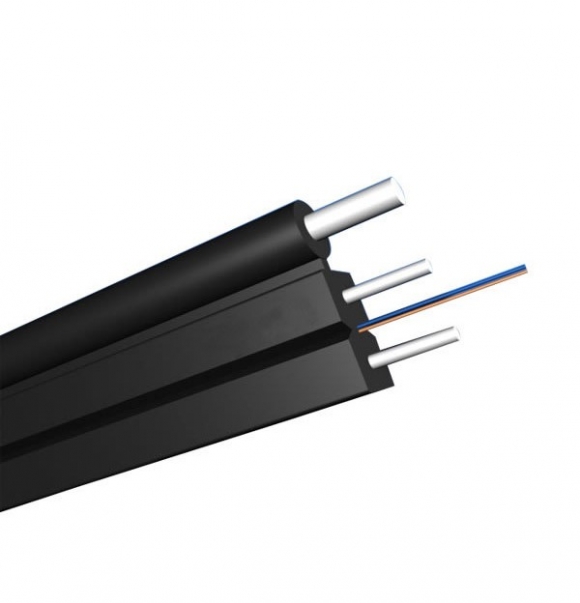
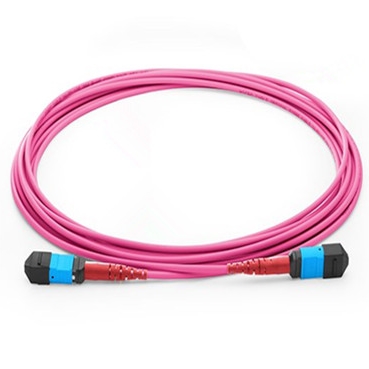

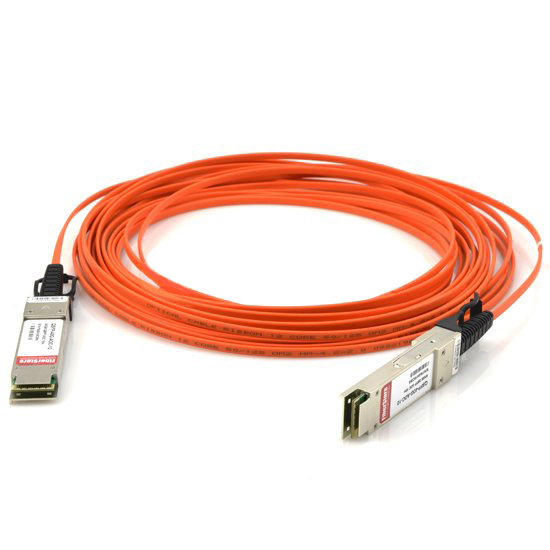


 (0)
(0) (0)
(0) (0)
(0) (0)
(0) (0)
(0)